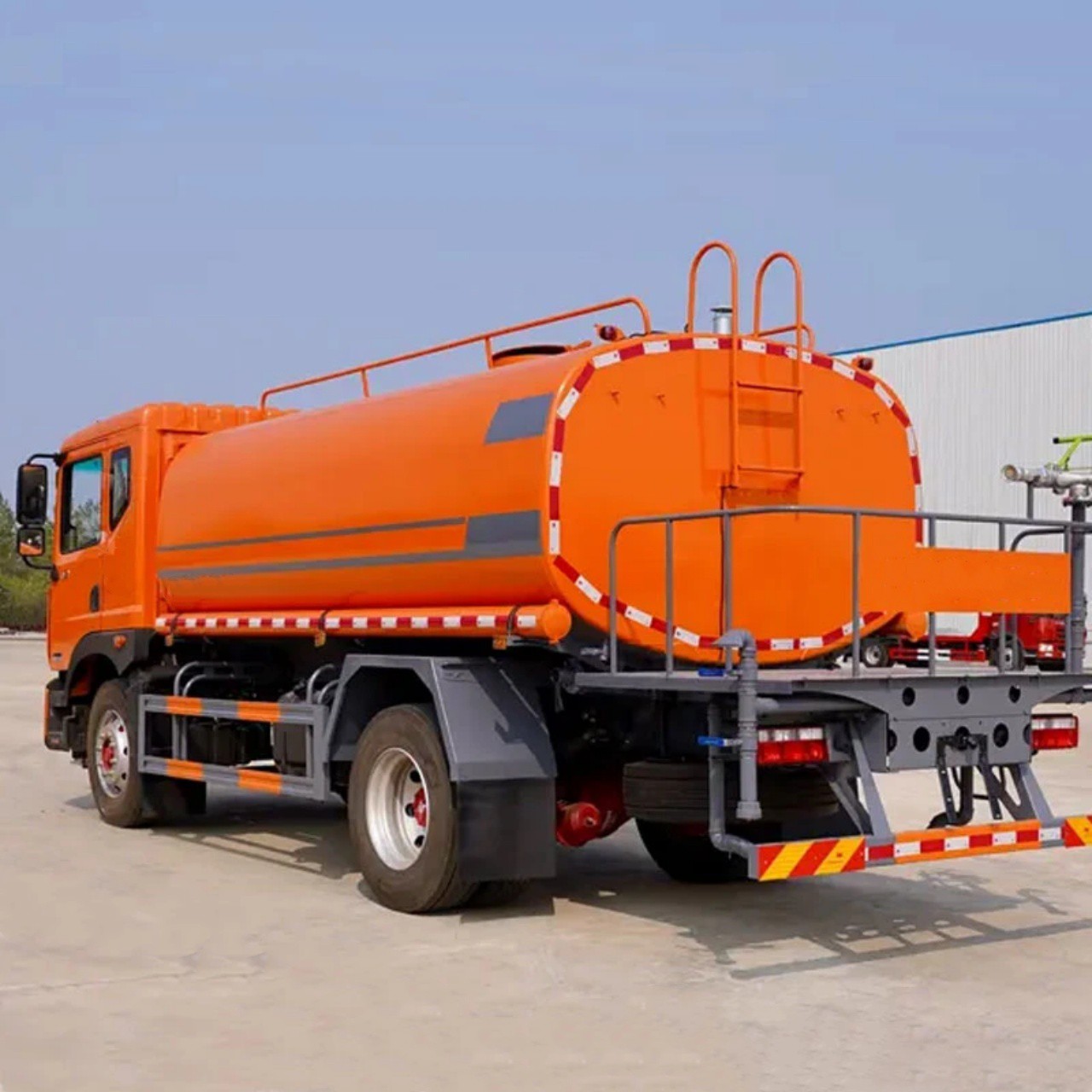
Dec 03 2024

Nov 30 2024

Nov 27 2024

Nov 24 2024
Water Tank Truck: Heading for Drought-Stricken Regions in Australia
In response to severe drought conditions impacting rural communities across Australia, a fleet of specialized water tank trucks is set to be deployed to the most affected areas. These water tank trucks produced by CSCTRUCK are designed to transport and deliver large quantities of water to drought-stricken regions, providing essential support to farmers, residents, and livestock struggling with water scarcity.
The initiative, led by the Department of Agriculture and Water Resources, involves sending a total of 15 high-capacity water tank trucks, each equipped with advanced filtration systems to ensure the delivery of clean, potable water. These trucks, with a combined capacity of over 300,000 liters, are slated to provide immediate relief to areas that have faced prolonged dry spells and below-average rainfall levels.

The deployment will begin in the coming weeks, starting with regions in New South Wales and Queensland that have been identified as priority zones due to their critical water shortages. Minister for Agriculture, David Littleproud, emphasized the urgency of the situation, noting that these trucks are a "lifeline for communities on the brink," where limited water access has affected daily living conditions and agricultural productivity.
Each water tank truck has been custom-built to navigate challenging terrains, ensuring that even the most remote areas can be reached. The trucks will also operate as mobile water stations, allowing residents to collect water directly. This deployment is part of a larger strategy that includes water conservation measures and infrastructure projects aimed at long-term solutions for water management.
This swift and targeted response underscores the government's commitment to providing support and resources to drought-impacted areas and ensuring the resilience of local communities in the face of ongoing environmental challenges. The water tank trucks will serve as a vital resource until conditions improve and a more sustainable water supply can be secured.